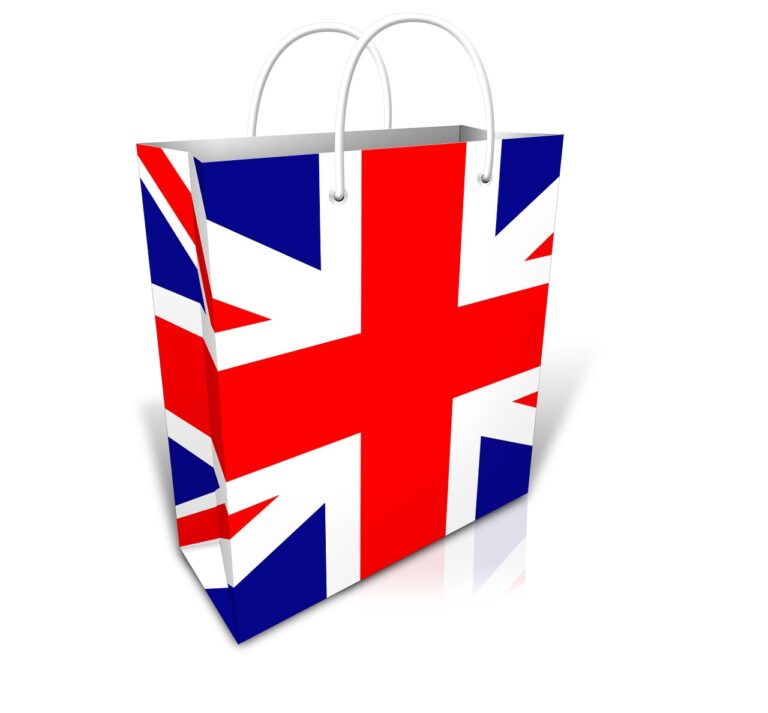Sustainable Fashion Retail: Understanding the Concept of Upcycling and Repurposing
Gold365, Gold 365: Upcycling and repurposing have become integral concepts in the realm of sustainable fashion. Gold 365, a leading advocate for eco-conscious practices in the industry, emphasizes the importance of utilizing existing materials to create new and innovative designs. By reimagining and transforming pre-existing garments and fabrics, fashion brands can significantly reduce waste and minimize their environmental footprint.
The idea behind upcycling is to breathe new life into discarded items, giving them a second chance at usefulness. Gold 365 promotes the idea that upcycled fashion not only reduces the strain on finite resources but also fosters creativity and uniqueness in design. By incorporating upcycled materials into their collections, fashion retailers can offer consumers a more sustainable and ethically-conscious choice without compromising on style or quality.
The Environmental Impact of Upcycling and Repurposing in the Fashion Industry
Upcycling and repurposing materials in the fashion industry have emerged as impactful practices that contribute to reducing waste and environmental harm. By utilizing existing materials and transforming them into new, stylish garments, brands can minimize the need for virgin resources and lessen their ecological footprint. This shift towards upcycling aligns with the growing consumer demand for sustainable products, driving the industry towards a more environmentally conscious direction.
Gold365, a leading sustainability initiative, promotes the use of upcycled and repurposed materials in fashion retail, emphasizing the importance of circular economy principles. By extending the lifecycle of fabrics and accessories through creative design processes, Gold365 aims to inspire a shift towards more responsible consumption patterns in the fashion sector. This holistic approach not only reduces landfill waste but also conserves valuable resources, making a significant impact on the industry’s overall sustainability practices.
• Upcycling and repurposing materials in the fashion industry help reduce waste and environmental harm
• By transforming existing materials into new garments, brands can minimize the need for virgin resources
• Consumer demand for sustainable products is driving the industry towards more environmentally conscious practices
Gold365, a leading sustainability initiative:
• Promotes the use of upcycled and repurposed materials in fashion retail
• Emphasizes circular economy principles to extend the lifecycle of fabrics and accessories
• Aims to inspire responsible consumption patterns in the fashion sector
This holistic approach:
• Reduces landfill waste
• Conserves valuable resources
• Makes a significant impact on overall sustainability practices in the industry
Innovative Ways to Incorporate Upcycled and Repurposed Materials in Fashion Retail
One innovative way to incorporate upcycled and repurposed materials in fashion retail is through the creation of limited edition ‘Gold365’ collections. These collections feature unique pieces made from recycled fabrics, old jewelry, and other reclaimed materials, adding a touch of exclusivity and sustainability to the brand. By highlighting the stories behind each piece and emphasizing the craftsmanship involved in their creation, brands can appeal to environmentally-conscious consumers while also promoting a sense of luxury and individuality.
Another creative approach is to partner with local artists and artisans to co-create ‘Gold 365’ capsule collections. By collaborating with these talented individuals, brands can infuse their designs with a fresh perspective and a unique aesthetic that sets them apart in the competitive fashion retail landscape. This not only helps to support the local creative community but also adds a layer of authenticity and artisanal craftsmanship to the brand, attracting consumers who value creativity, sustainability, and social responsibility in their fashion choices.
What is the concept of upcycling in sustainable fashion retail?
Upcycling in sustainable fashion retail refers to the process of transforming waste materials or unwanted products into new, high-quality items with increased value.
How does upcycling and repurposing materials in fashion retail help reduce environmental impact?
Upcycling and repurposing materials in fashion retail help reduce the need for new raw materials, energy, and resources, thus minimizing waste and decreasing the environmental impact of the fashion industry.
What are some innovative ways to incorporate upcycled and repurposed materials in fashion retail?
Some innovative ways to incorporate upcycled and repurposed materials in fashion retail include creating new garments or accessories from old textiles, using discarded materials like plastic bottles or tires to make shoes or bags, and collaborating with local artists or designers to repurpose materials creatively.
How can fashion retailers promote sustainable practices like upcycling and repurposing to consumers?
Fashion retailers can promote sustainable practices like upcycling and repurposing to consumers by educating them about the environmental benefits of these practices, showcasing upcycled products in their stores, and providing information on how consumers can recycle or donate their old clothes for repurposing.
Where can consumers find fashion retailers that incorporate upcycled and repurposed materials in their products?
Consumers can find fashion retailers that incorporate upcycled and repurposed materials in their products by researching sustainable fashion brands, visiting eco-friendly boutiques, and looking for online retailers that specialize in upcycled fashion.





